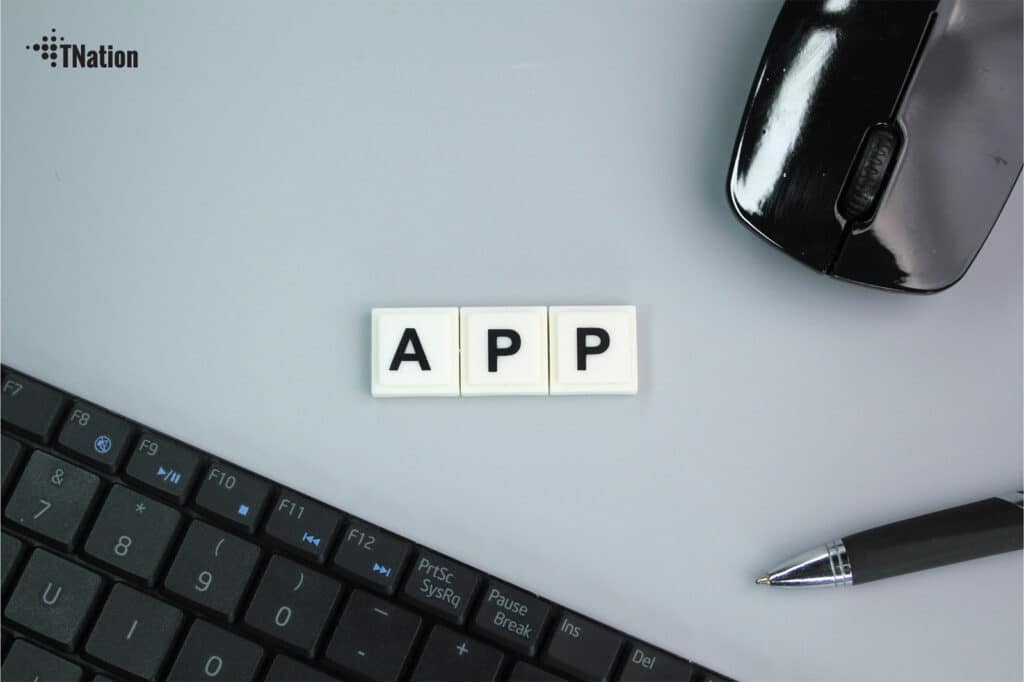Customers expect any application, including iOS apps, to perform well. An app that takes a long time to launch and responds slowly may seem to the user as if it is not working. Since its beginnings in 2007, Apple and the iOS ecosystem have taken the world by storm.
However, despite being well-known, some apps have grown in size and data. These elements significantly impact the device, which is why developers strive to give users the best experience. However, it often comes with compromising speed and performance. It’s a double-edged knife that can cause degradation of apps performance over time or users deleting the app altogether.
That is because today, having an iOS app that performs flawlessly is not just a luxury but a necessity for businesses looking to thrive in the competitive mobile market. From user experience to conversion rates, every aspect of an app’s performance is crucial to its success. That’s where custom software development comes into play.
By harnessing the power of cutting-edge technology and tailored solutions, businesses can elevate their iOS app from good to great. From reducing load times to minimizing crashes, custom software development services unlock the full potential of an iOS app, resulting in increased user satisfaction, higher retention rates, and, ultimately, tremendous business success.
Why iOS App Performance Matters
As you know, users have little patience for slow or glitchy apps. They expect instant responsiveness and a seamless user experience. If you take an app and start using it, and it runs poorly, will you feel frustrated?
Thousands of users feel the same way. iOS apps with poor performance can lead to frustrated users, negative reviews, and lost business opportunities. That’s why optimizing the performance of your iOS app is of utmost importance. It ensures that your app delivers on its promises, keeps users engaged, and maximizes your chances of success in the fiercely competitive app market.
Common Issues Affecting App Performance on iOS
Understanding the common issues that can hinder app performance on iOS is crucial. The most prevalent problems include excessive memory usage, slow loading times, poor battery performance, and inefficient network usage.
These issues can arise from coding errors, inadequate resource management, or suboptimal app architecture. Recognizing these concerns is the initial stride towards tackling them and enhancing your application’s functionality.
Before you jump to conclusions, it’s best to make a plan for implementing improvements. Although it takes time, it will give you rewards later on. Approach the issues scientifically, for example:
- Collect the information about the problems your users are having
- Measure the iOS app’s behavior and try to find the cause
- Plan and implement the specific change
- Monitor progress and apps performance
The Role of Custom Software Development in iOS App Performance Optimization
Custom software development plays a vital role in app performance optimization on iOS. Unlike off-the-shelf solutions, bespoke software development services such as TNation allow businesses to tailor their app’s performance optimization strategies to their needs.
Custom development optimizes every line of code to deliver a seamless and responsive user experience. Skilled developers can identify and address performance bottlenecks, optimize memory usage, streamline loading times, and ensure efficient battery and network usage. Businesses can unleash the full potential of their iOS app and provide an exceptional user experience by utilizing the knowledge of custom software development.
5 iOS App Performance Optimization Examples
In a competitive digital landscape, it’s not enough to simply have a great app idea – you must ensure it performs at its best. Performance optimization is the key to unlocking the full potential of your iOS app and providing an exceptional user experience.
There are several ways to improve the efficiency of iOS apps. However, to avoid confusion and technical terms, we will explore five practical and effective performance optimization examples that will help you enhance the speed, efficiency, and overall performance of your iOS app. These critical areas of optimization will improve the app’s performance and boost user engagement.
Example 1: Optimizing App Loading Time
Optimizing your app’s loading time is essential to create a positive first impression and retain users. There are several techniques you can employ to achieve this.
First, minimize the app’s initial startup time by deferring resource-heavy tasks or loading them in the background.
Another technique is to optimize your app’s asset loading. Compress images, videos, and other media files to reduce size without compromising quality.
Lastly, leverage caching mechanisms to store frequently accessed data locally. By caching data, you can avoid redundant network requests and provide a faster experience for returning users.
Example 2: Improving User Interface Responsiveness
User interface responsiveness is crucial for creating a delightful user experience. Users expect smooth transitions, instant feedback, and quick interactions within your app.
First, optimize your animations and transitions. Minimize the number and complexity of animations, and use hardware acceleration whenever possible. This will ensure smooth animations and a responsive user interface.
Second, use background threads and asynchronous operations to offload heavy computations and time-consuming tasks.
Third, implement efficient event-handling mechanisms. Ensure that user interactions are promptly registered and responded to immediately. This includes actions like button taps, swipes, and gestures.
Example 3: Reducing Memory Usage
The memory on a device is a limited resource shared by applications, OS processes, and the kernel. High memory usage can lead to app crashes, slow performance, and poor user experience. Here are some techniques to reduce memory usage in your app:
First, identify and eliminate memory leaks. Memory leaks occur when objects are allocated but not appropriately deallocated, leading to memory consumption over time. Use memory profiling tools like Instruments to identify and fix any memory leaks in your app.
Second, optimize your data structures and algorithms. Use efficient data structures like arrays, dictionaries, and sets to minimize memory usage. Additionally, optimize your algorithms to reduce unnecessary memory allocations and deallocations.
Example 4: Enhancing Battery Efficiency
Battery efficiency is a critical factor in user satisfaction and retention. Users expect apps to consume minimal battery power and not drain their devices excessively.
First, minimize background activity. Ensure your app doesn’t perform unnecessary tasks or consume resources when it’s not actively used.
Second, optimize network requests and data transfers. Minimize the amount of data transferred by compressing images, using efficient data formats, and implementing data caching mechanisms.
Third, leverage built-in iOS features like Background App Refresh and Push Notifications to handle tasks efficiently without draining the battery.
Example 5: Optimizing Network Requests and Data Transfer
Efficient network requests and data transfer are crucial for delivering a fast and reliable app experience.
First, minimize the number of network requests by combining multiple requests into a single batch request. This reduces the overhead of establishing numerous connections and improves your app’s overall performance.
Second, compress data before sending it over the network. Use compression algorithms like Gzip or Brotli to reduce the size of data payloads without sacrificing quality. This significantly improves data transfer speed, especially on slower network connections.
Third, implement caching mechanisms to reduce the reliance on network requests. Store frequently accessed data locally and only fetch updates when necessary.
Steps to Optimize iOS App Performance
Optimizing the performance of your iOS app requires a systematic approach. Here are some essential steps to follow:
Analyze and benchmark: Begin by analyzing your app’s current performance and benchmarking it against industry standards. This will help you identify areas that need improvement and set performance goals.
Identify performance bottlenecks: Use performance profiling tools to identify areas of your code causing performance issues. This could include inefficient algorithms, memory leaks, or excessive network requests.
Optimize memory management: Efficient memory management is crucial for app performance. Use techniques like object pooling, lazy loading, and minimizing retain cycles to reduce memory usage and improve performance.
Streamline loading times: Long loading times can lead to user frustration and abandonment. Optimize your app’s loading times by minimizing dependencies, compressing and caching assets, and using asynchronous loading techniques.
Improve battery performance: Poor battery performance can negatively impact user experience. Optimize your app’s energy usage by reducing unnecessary background tasks, optimizing network requests, and using power-efficient coding techniques.
Enhance network performance: Slow network connections can impair app performance. Use techniques like caching, data compression, and intelligent prefetching to minimize network latency and deliver a seamless user experience.
Test and iterate: Regularly test your app’s performance across different devices, operating systems, and network conditions. Use accurate user monitoring and analytics to gather performance data and iterate on your optimization strategies.
Conclusion: Achieving Excellence in iOS App Performance through Custom Software Development
In today’s competitive mobile market, having an iOS app that performs flawlessly is crucial for business success. Custom software development allows businesses to optimize their app’s performance and deliver a seamless user experience.
In the steps outlined in this article, businesses can identify and address common performance issues, optimize memory management, streamline loading times, improve battery performance, enhance network performance, and continuously measure and test app performance.
With custom software development services, businesses can elevate their iOS app from good to great and reap the rewards of increased user satisfaction, higher retention rates, and, ultimately, tremendous business success.




